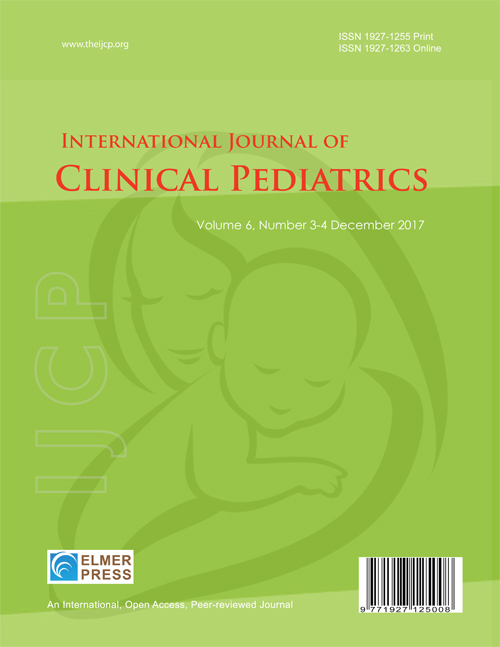A Retrospective Review to Determine the Safety of Continuous Dexmedetomidine Infusions on the Inpatient Ward in Pediatric Patients With Acute and Chronic Pain Conditions
DOI:
https://doi.org/10.14740/ijcp1010Keywords:
Dexmedetomidine, Pain management, Sedation, Adverse effectAbstract
Background: Dexmedetomidine is an α2-adrenergic receptor agonist that has clinical efficacy in various clinical scenarios in infants and children including procedural sedation, prevention of emergence delirium, and sedation during mechanical ventilation. Additional investigation has suggested its utility in various acute pain, chronic pain, and palliative care scenarios. Despite these beneficial properties, many pediatric institutions limit its use to the pediatric intensive care unit (ICU) setting. We present the development of a hospital-based pathway for the administration of dexmedetomidine on the inpatient ward. Additionally, we present preliminary dosing parameters and safety data using dexmedetomidine along this clinical pathway.
Methods: This retrospective chart review included patients ≤ 21 years of age who received a dexmedetomidine infusion for the management of acute or chronic pain outside the ICU setting. In addition to demographic data, information collected included the patient’s primary disease process, primary pain etiology, and comorbid conditions. Information to identify adverse effects included the need to stop the infusion, administration of vasoactive medications, provision of airway or respiratory support, or escalation of care with ICU admission or notification of the rapid response team.
Results: The study cohort included 26 patients (median age 5 years). The majority of patients (46%) received dexmedetomidine for 1 or 2 days. The most common primary disease conditions were neuroblastoma (n = 12), acute leukemia (n = 6), and sickle cell disease (n = 4). The starting infusion rate was generally 0.1 µg/kg/h, titrated up in 0.05 µg/kg/h increments to a maximum infusion rate of 0.6 µg/kg/h. For hospice patients with an allow natural death (AND) order, the maximum infusion rate was 1 µg/kg/h. Adverse effects (AEs) were reported in 11 patients, with the most common being hypotension (n = 4) and delirium or hallucinations (n = 4). No pharmacologic intervention was required due to AEs.
Conclusions: Our preliminary experience supports the safe use of dexmedetomidine infusions outside the ICU setting following a standardized protocol that includes patient selection, dosing parameters, monitoring, and training of physicians and nurses.

Published
Issue
Section
License
Copyright (c) 2025 The authors

This work is licensed under a Creative Commons Attribution-NonCommercial 4.0 International License.






